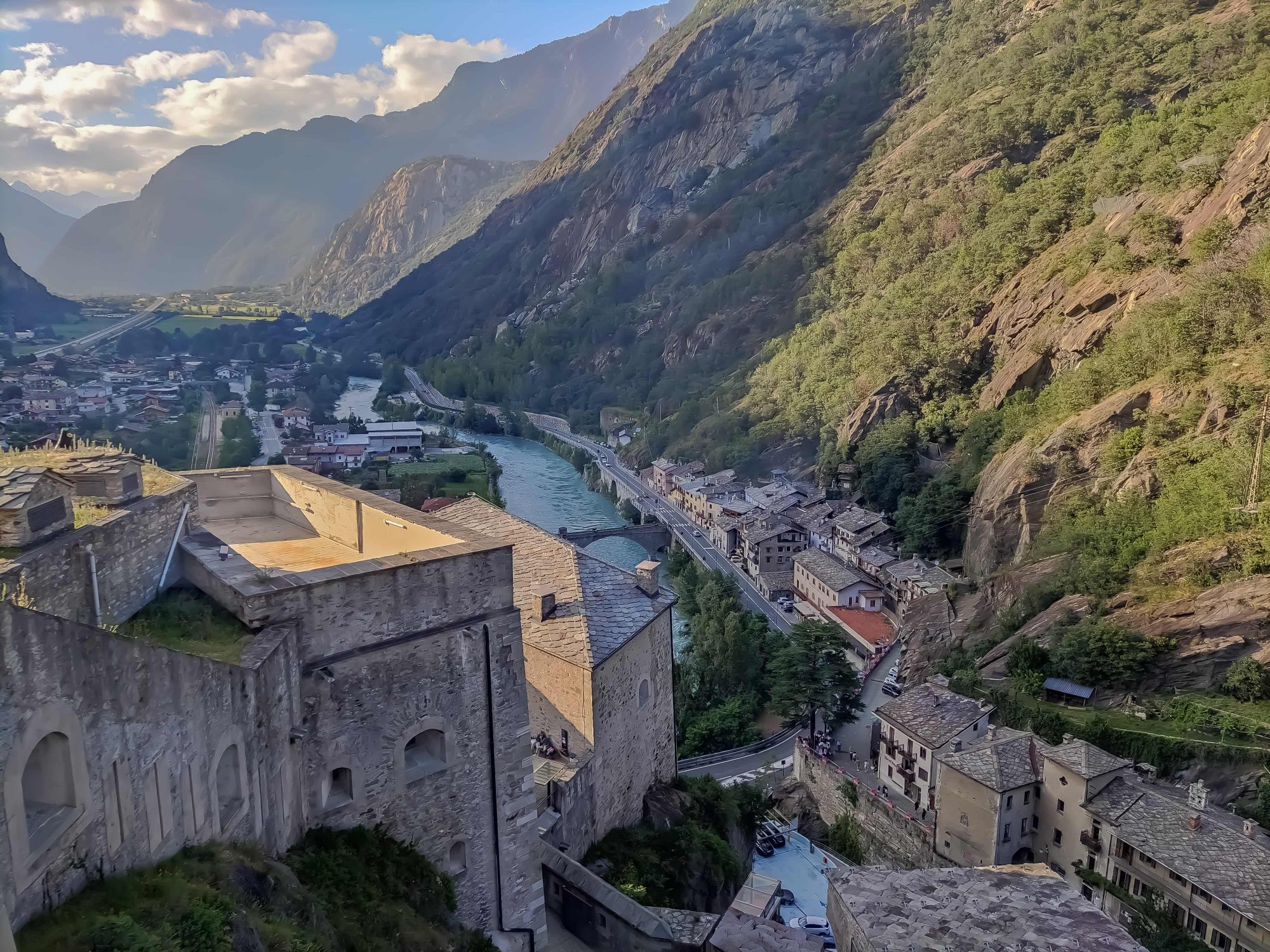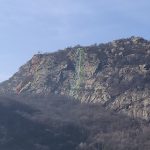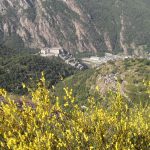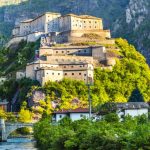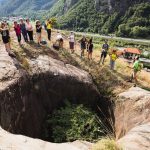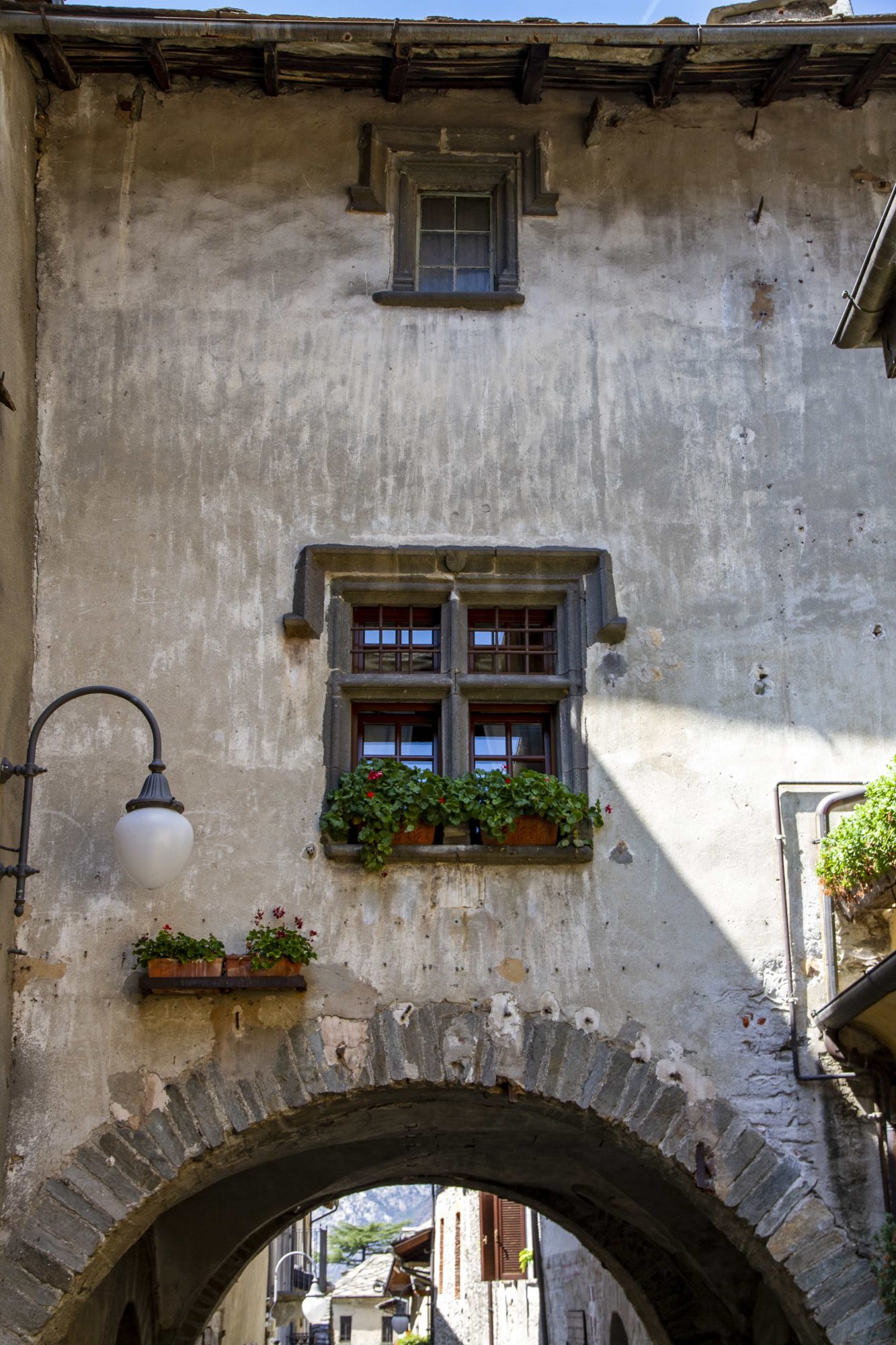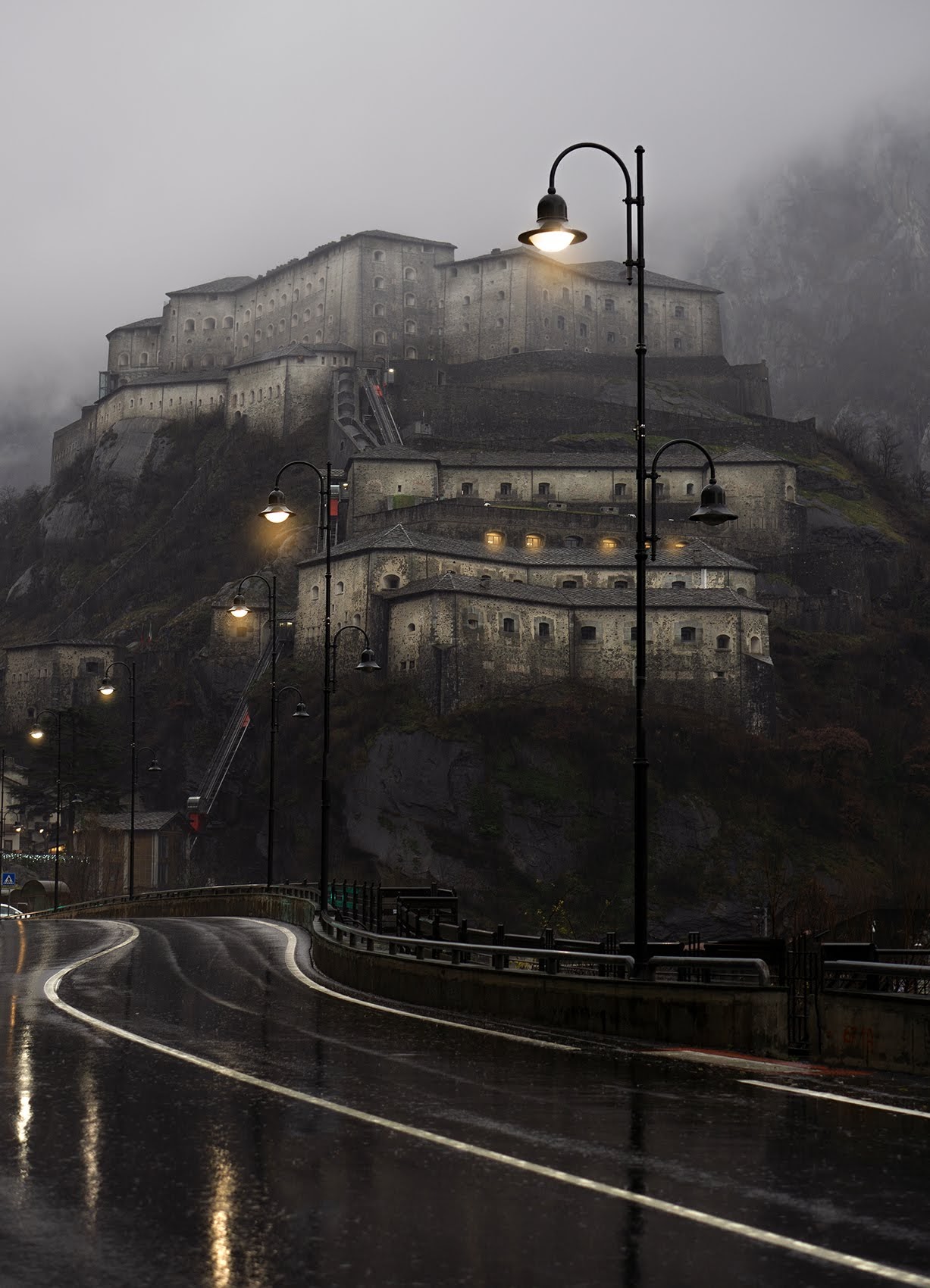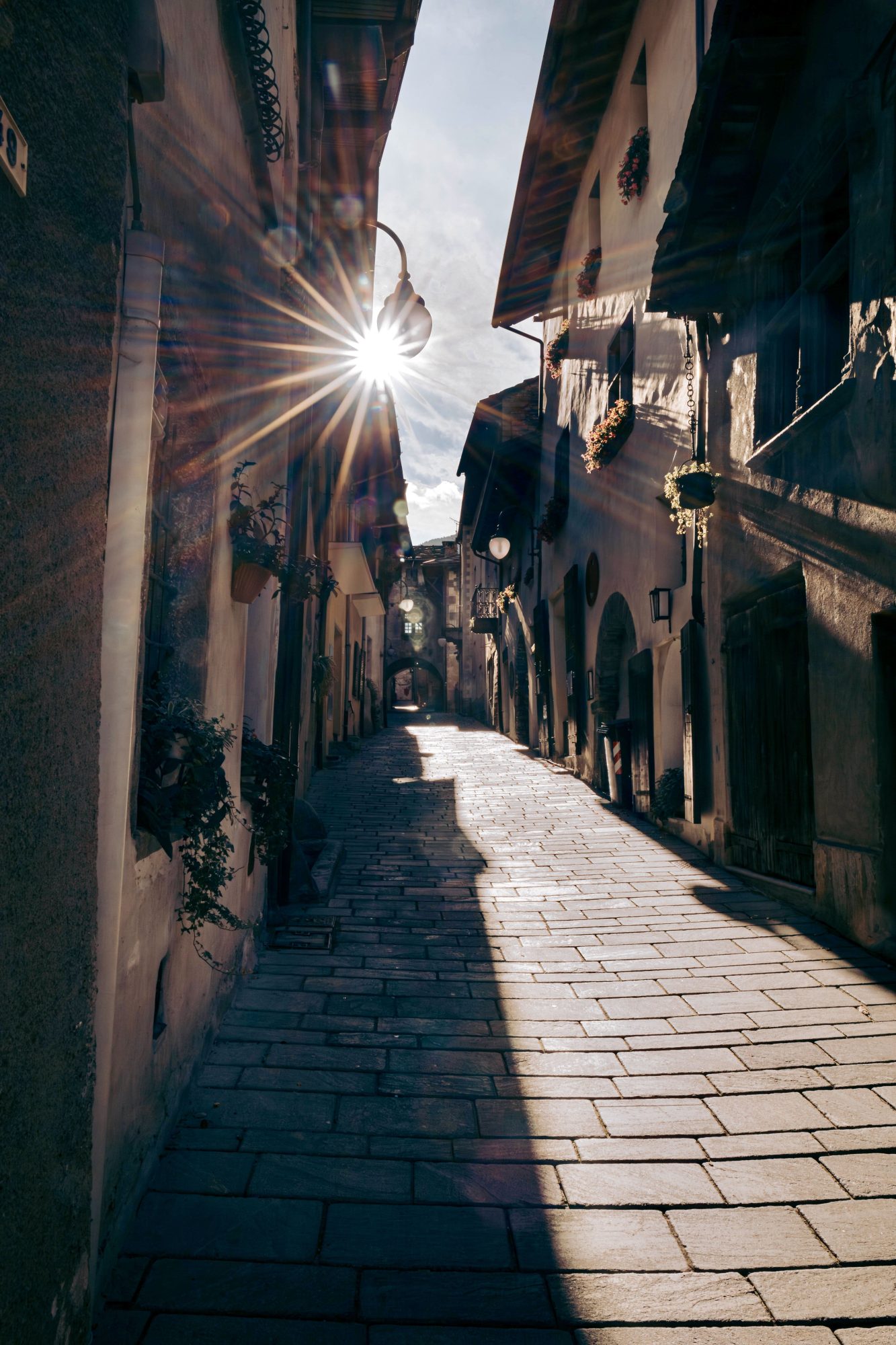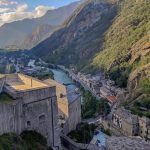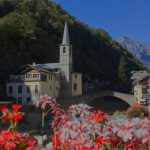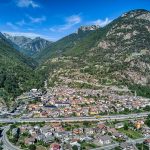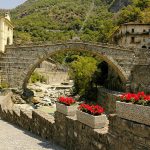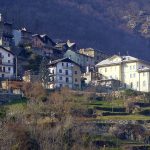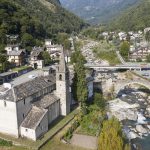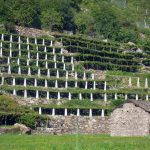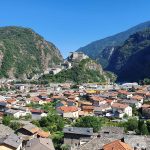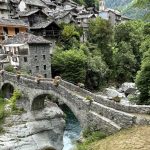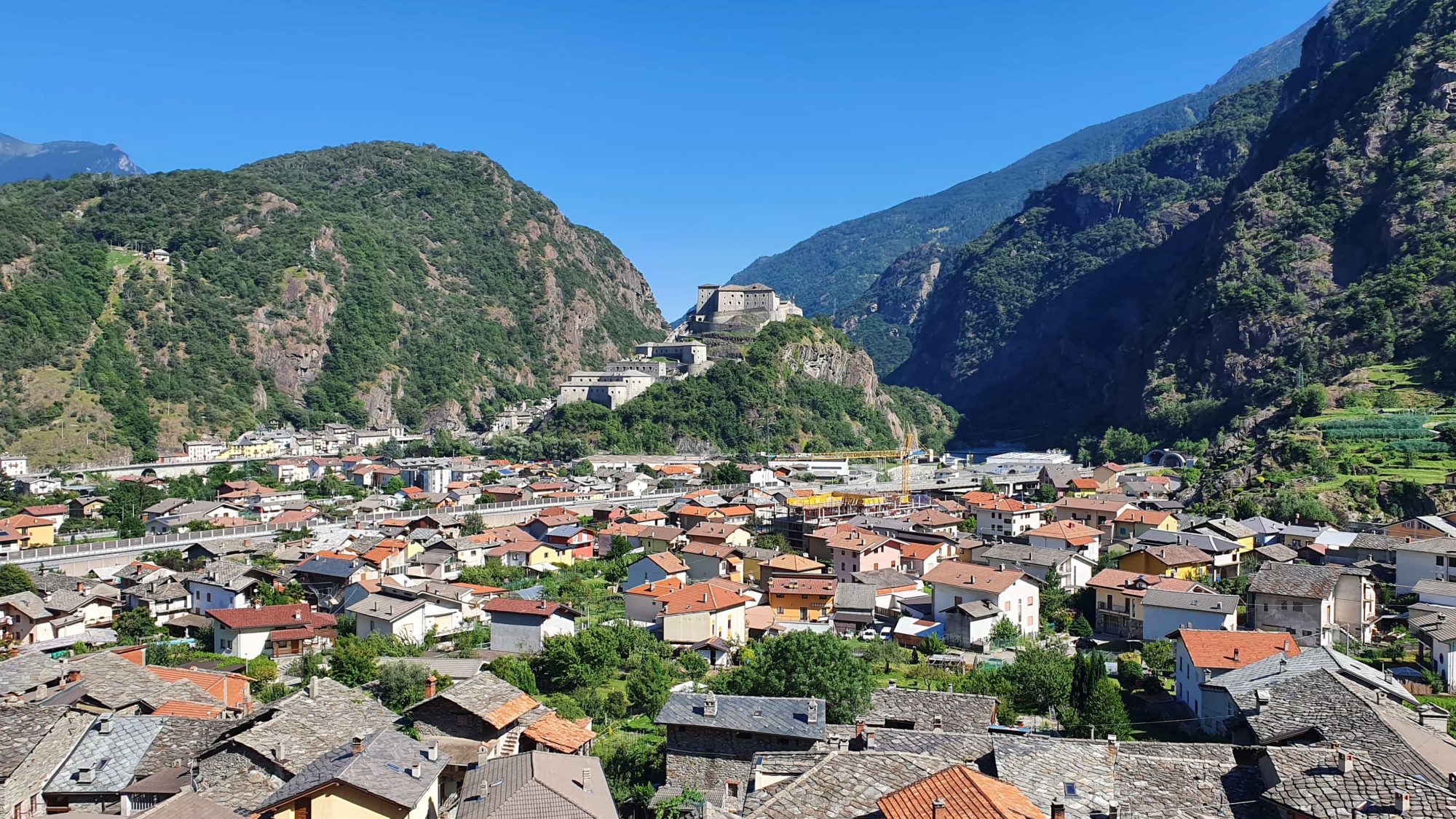
comune di bard - foto di Dagmara
Unité des Communes Mont-Rose Bard
the small alpine village with the historic fortress
Title: “Bard: A Hidden Gem in the Aosta Valley” Discover the town of Bard, an enchanting hidden gem in the Aosta Valley.
This historic village, known for its imposing fortress and picturesque streets, lies at the foot of the Alps and offers a unique experience between history, culture and nature.
The Fortress of Bard, an imposing structure overlooking the valley, is the beating heart of this charming municipality.
The Fortress of Bard At the center of Bard’s life stands its magnificent fortress, an important historical and architectural landmark.
Built in the 19th century on older ruins, the fortress has witnessed crucial historical events and now houses museums and cultural exhibitions.
A visit here is not only a journey through military history, but also an opportunity to enjoy spectacular views of the valley.
Nature and Landscapes Bard is nestled in a natural setting of outstanding beauty.
Located at the entrance to the Aosta Valley, it offers breathtaking views of the surrounding mountains and access to numerous hiking trails.
Nature plays a key role here, offering a serene retreat away from the hustle and bustle of daily life.
History and Culture Bard’s history can be seen in every corner of the village.
In addition to the fortress, the commune is dotted with historic buildings, chapels, and narrow streets that tell centuries of history.
The cultural heritage is palpable, with events and exhibitions celebrating local traditions and the region’s rich history.
Local Gastronomy Bard’s cuisine reflects the culinary richness of the Aosta Valley.
Local restaurants and trattorias offer traditional dishes prepared with fresh ingredients from the region.
Don’t miss the opportunity to taste specialties such as polenta, local cheeses, and Valle d’Aosta wines, which are a true taste journey.



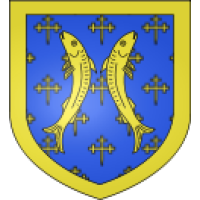
Bard The History
The place name "Bard" may derive from the Celtic Il "bar," a word referring to a fortified place.
For a time, it was mistakenly thought that the term was derived from the French "bar," or barbel, a type of freshwater fish that appears on the municipal coat of arms.
Some rock carvings on very large stones, which were unearthed thanks to an archaeological excavation campaign, revealed important historical evidence related to the village.
It was discovered, in fact, that the territory of Bard was inhabited as far back as the Neolithic: the precise period when the first traces of human life appeared is not known, but it is approximately 5/10,000 years ago.
As you can guess from its commanding position, since time immemorial, Bard has been an important strategic point to halt the advance of enemies in case of attack.
The commune of Bard was for a long time under the rule of the lordship of "Bard," which had a strong influence extended also over the entire nearby Champorcher valley.
In Roman times, the famous Via delle Gallie, a very important Roman consular road connecting the Po Valley with Gaul, also passed through Bard.
Instead, during the Fascist period, the commune of Bard included that of Hône, a commune that faces directly opposite Bard on the orographic right of the Dora Baltea.
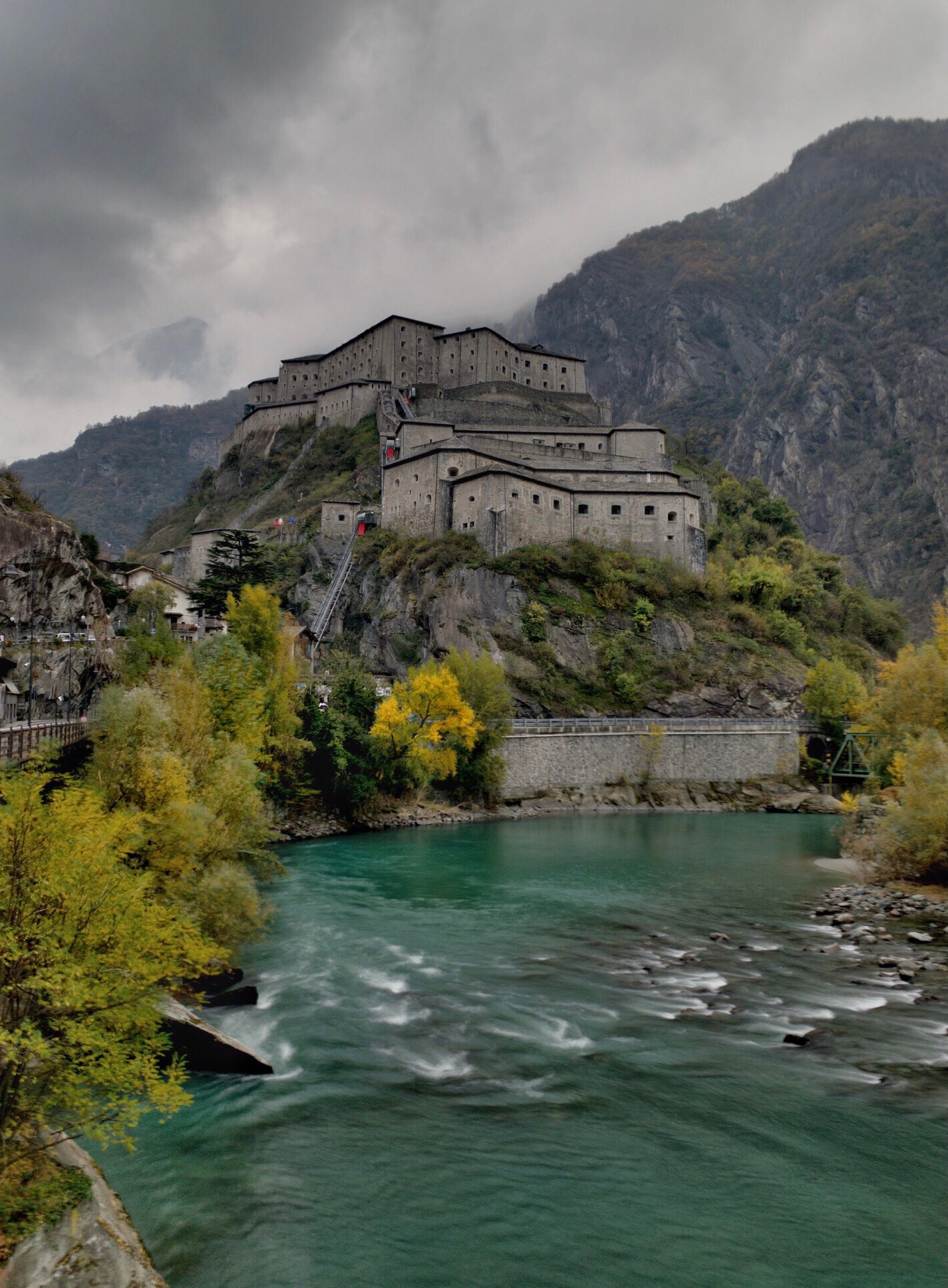
Whato do in Bard
What to do in Bard
Counted among the most charming villages in the Aosta Valley, Bard is a very picturesque place because of its location: squeezed between the two sides of the mountain, this village is indeed a true wonder to behold.
Even today, taking a leisurely stroll through the village, it is still possible to admire historic houses of great monumental and architectural value, such as the Challant House, the Sundial House, the Ciucca House, the Bishop’s House and the elegant palace of the nobles Nicole, the last counts of Bard.
Among palaces, fine residences and a huge number of fountains of all kinds, you cannot for anything in the world miss the Fortress of Bard, built around the year 1000 on top of the fortress and today also interesting for the various temporary exhibitions and events that take place inside the structure.
We advise you to go to an area at the foot of the fortress, near the cemetery and visit an extraordinary archaeological site: this is the geosite of Bard, among the most representative geosites of the whole Aosta Valley territory.
Here you can admire mountain rocks of all kinds and, above all, the so-called “potholes of the giants,” gigantic cylindrical cavities that would seem to have been formed by the erosive action of sub-glacial waters.
Near the geosite you also find ancient rock carvings and a “women’s chute,” or a place that in the past was thought to promote fertility.
In Bard you also find one of the most interesting trails in the Lower Aosta Valley: a pleasant, sunlit path that leads from Albard di Bard to Tête de Cou, with a beautiful view of the peaks of Mont Avic.
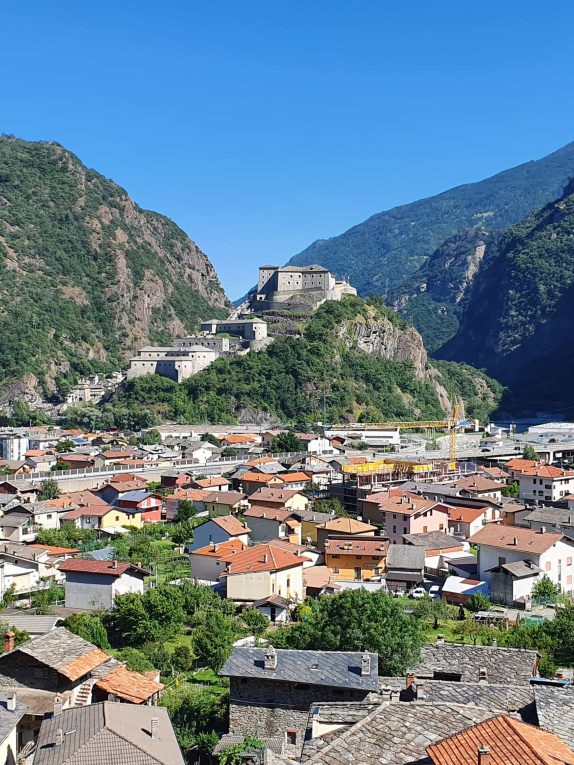
Bard April 24, 2025

 8°/8°
8°/8°
 8°/8°
8°/8°
 7°/7°
7°/7°
 10°/10°
10°/10°
 12°/12°
12°/12°

